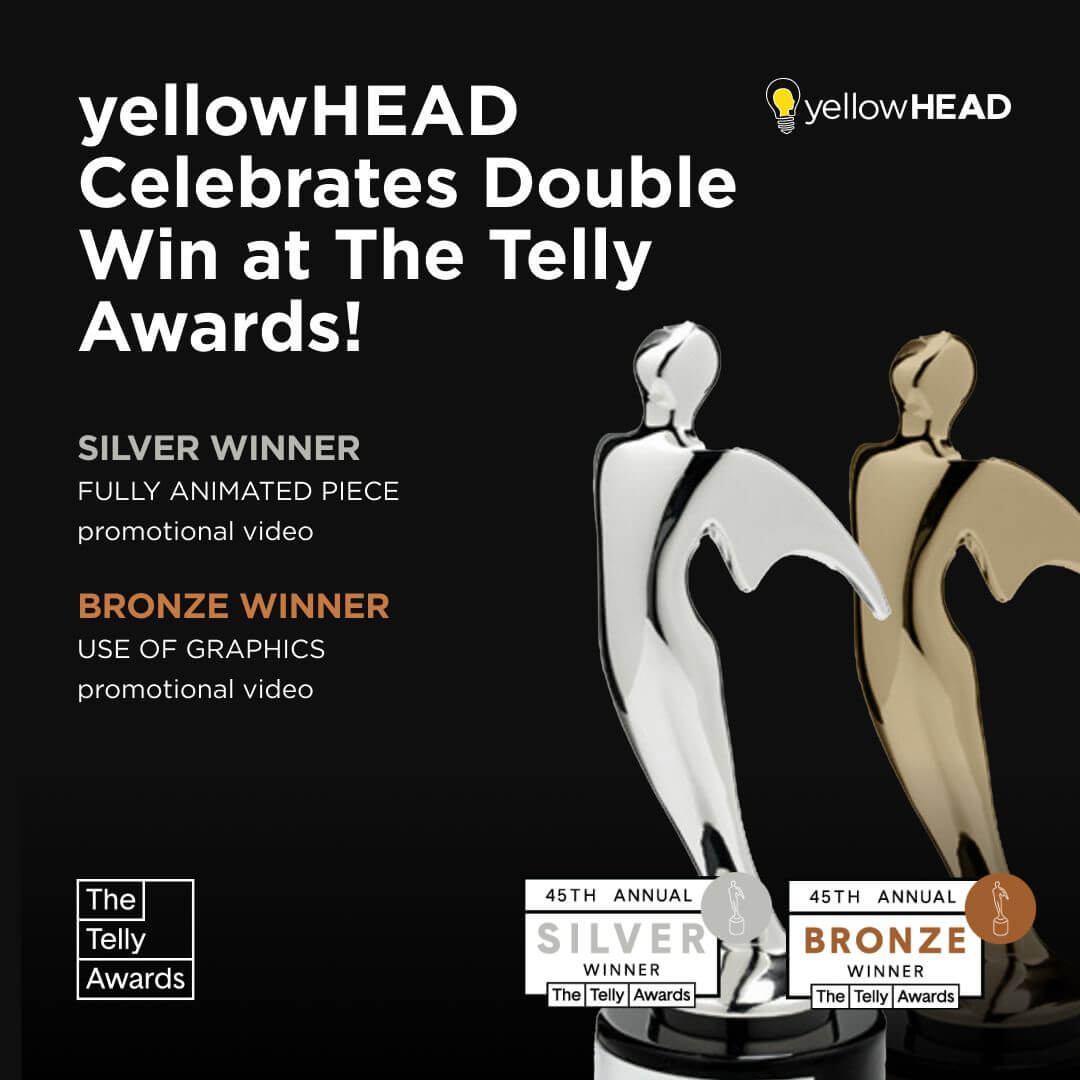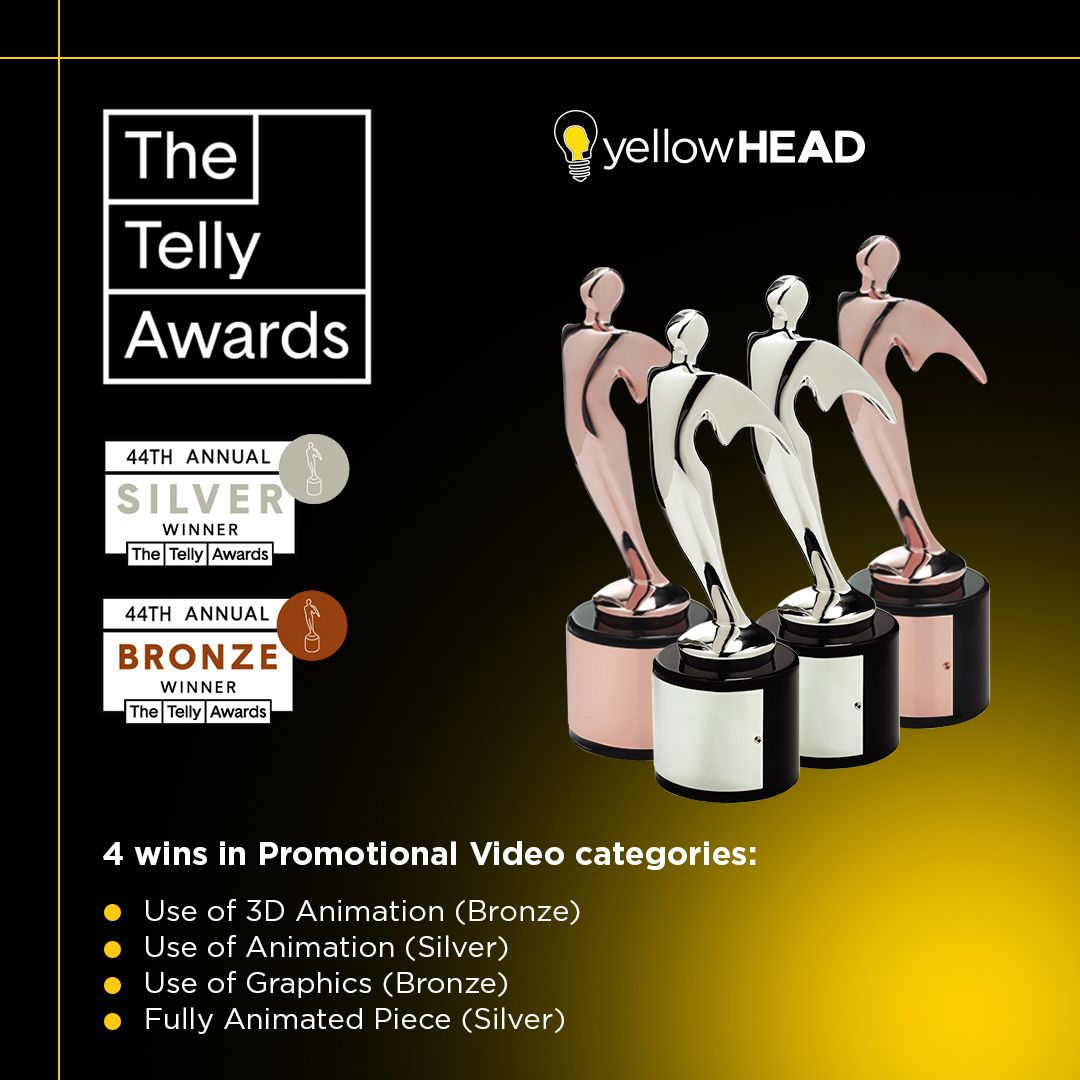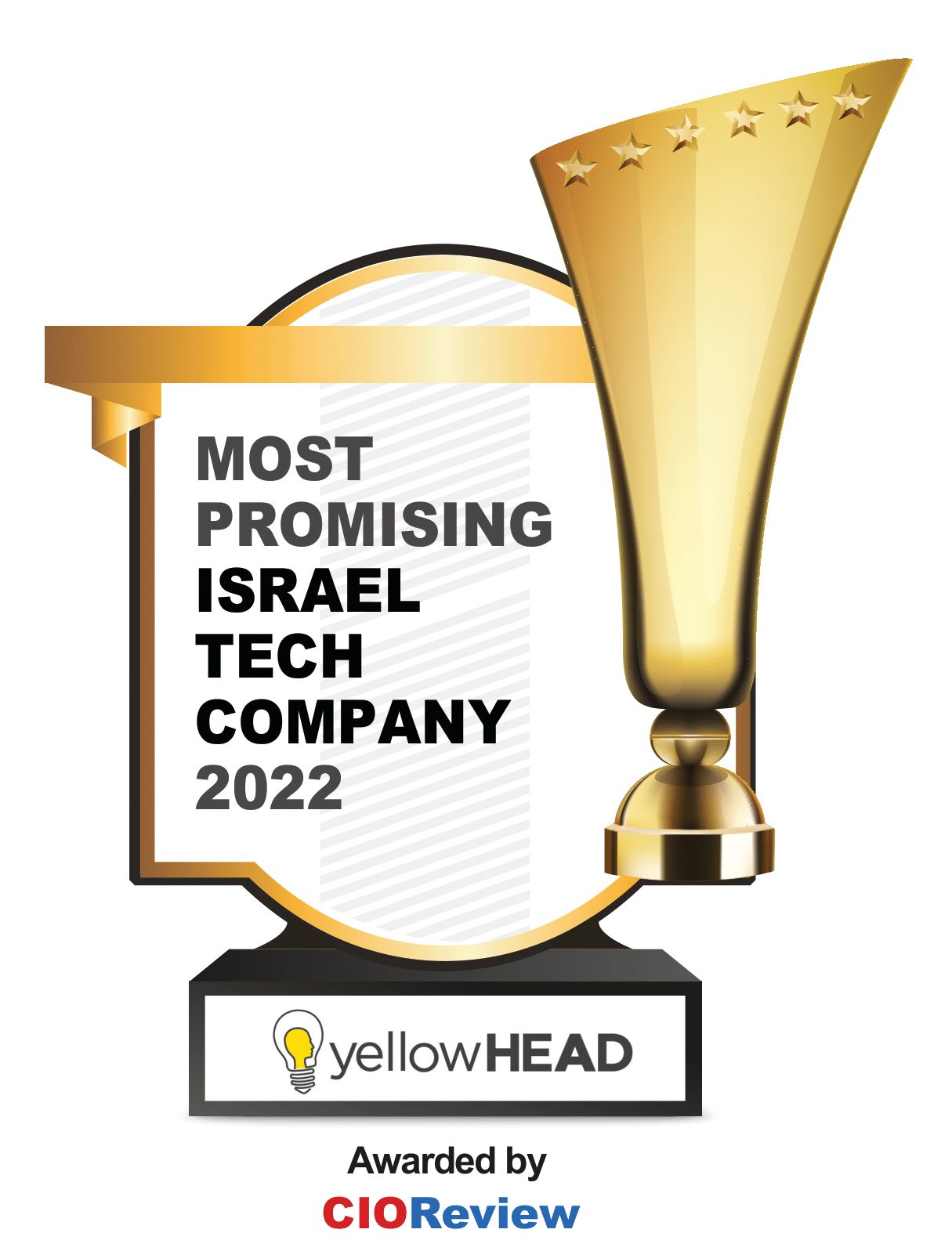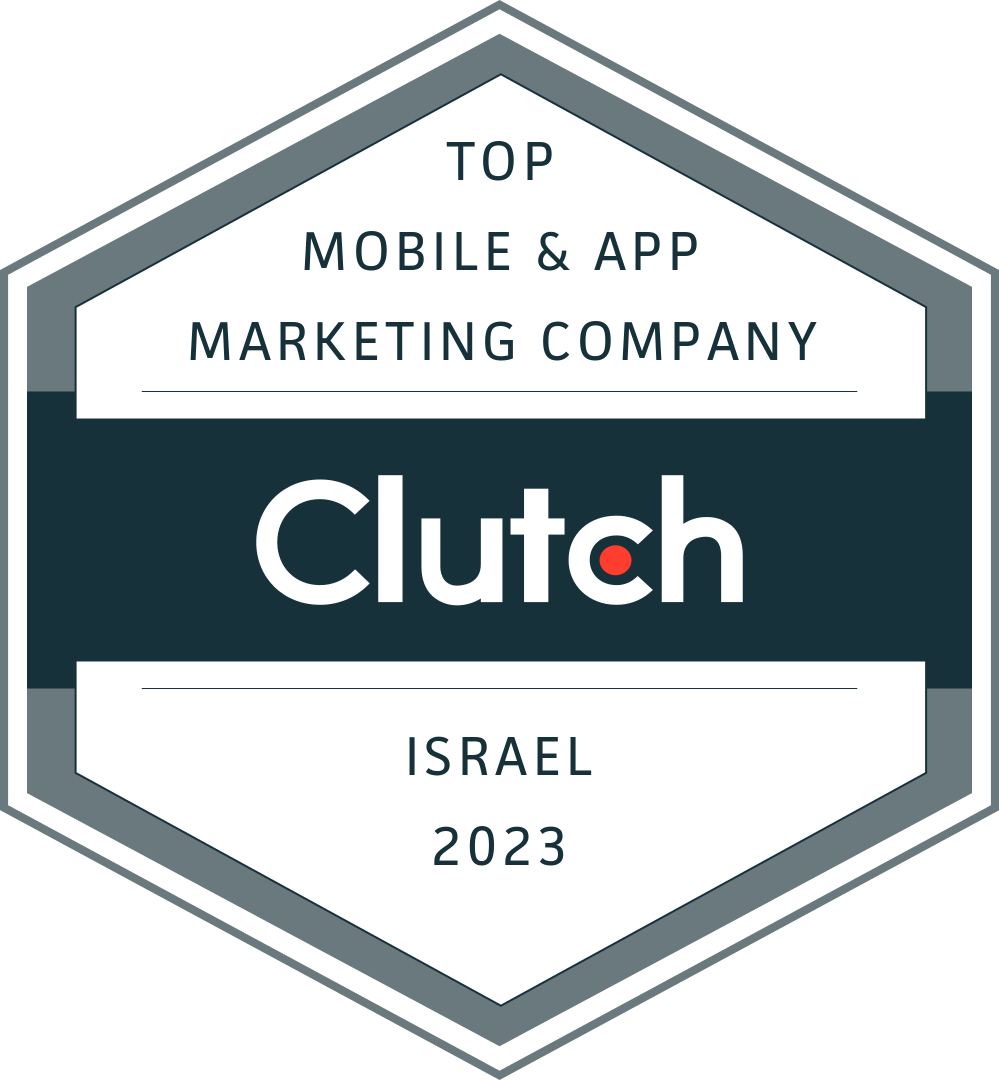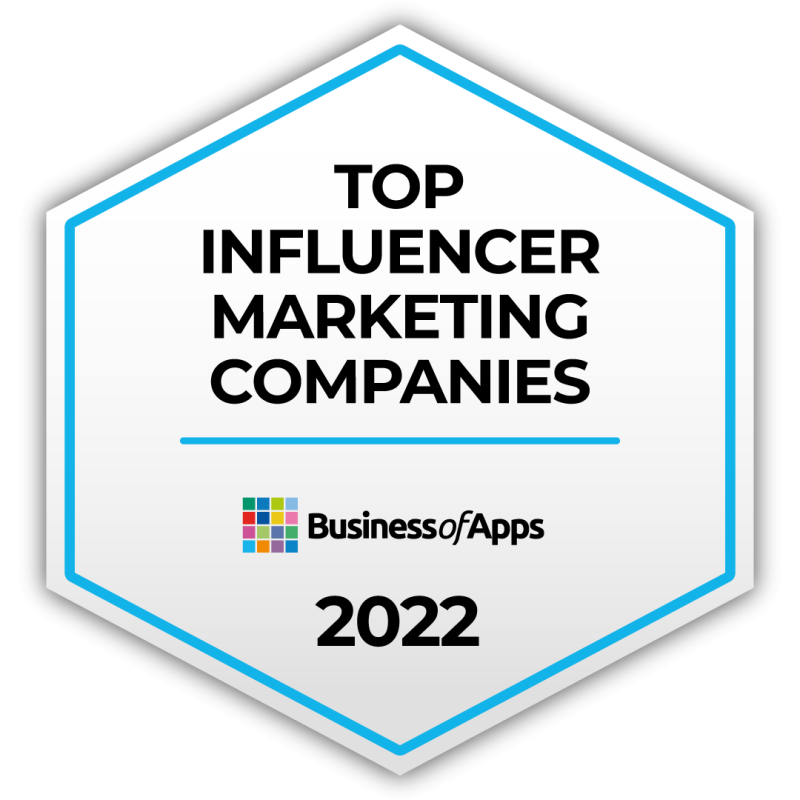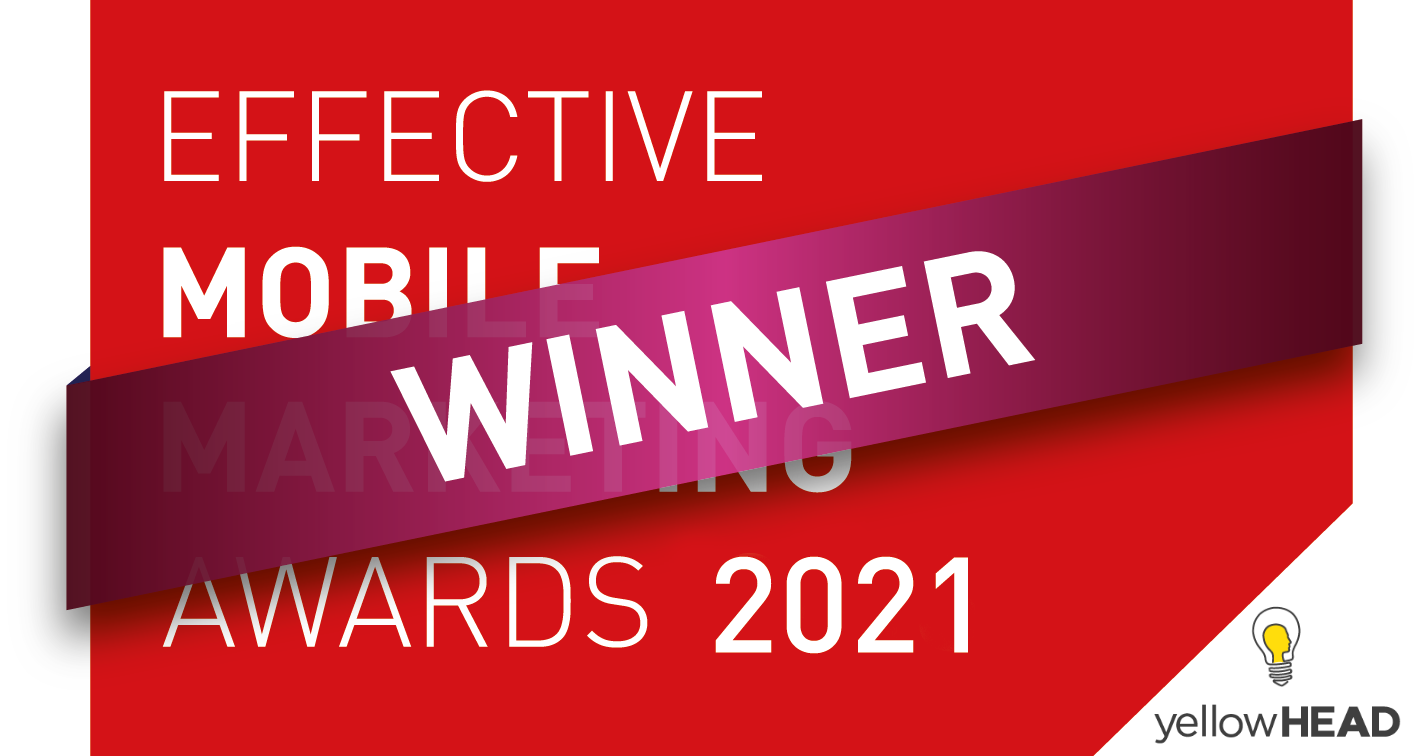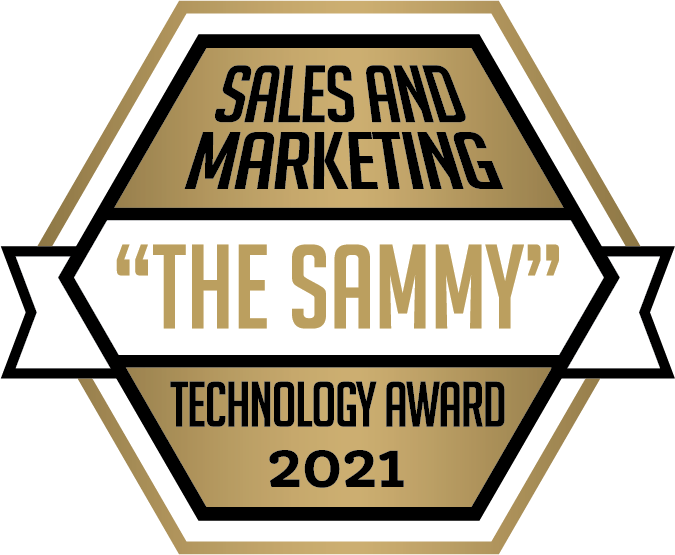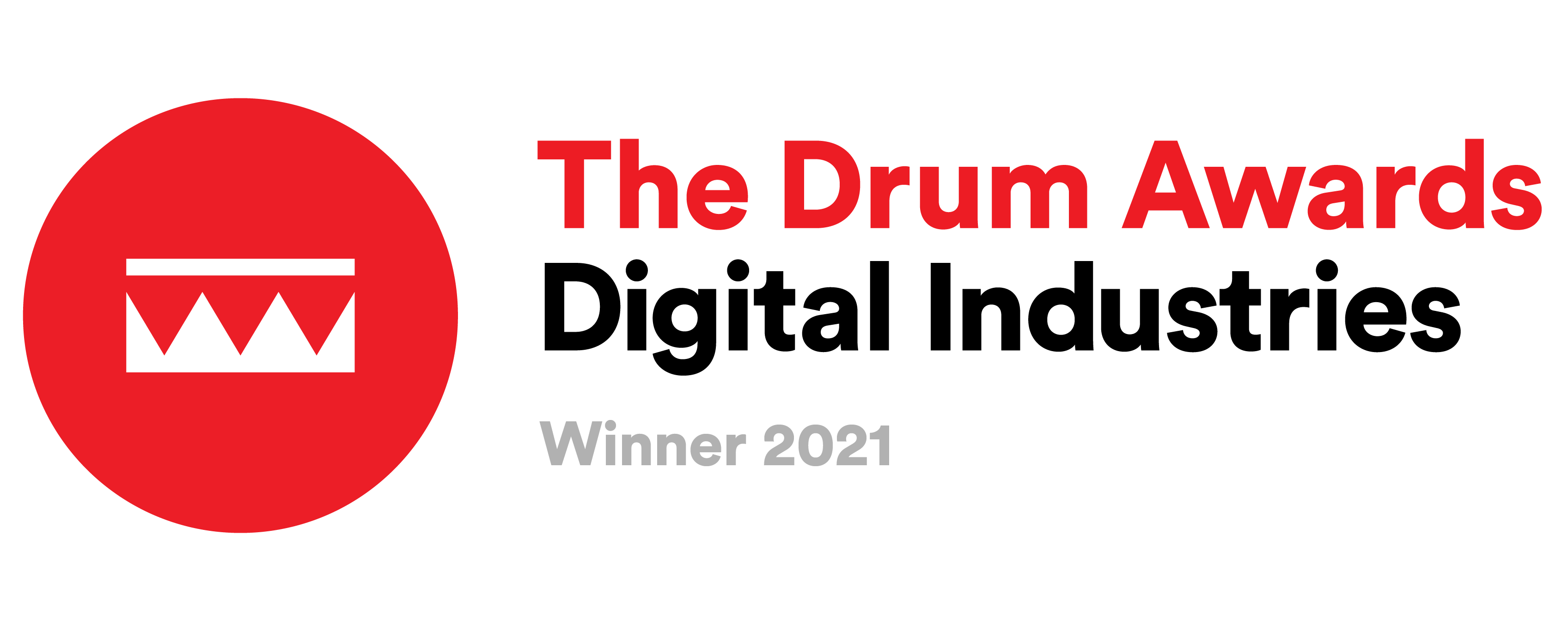Mobile Ad Formats: Creative Specs & Industry Standards
With so many options, finding the right mobile advertising formats to fit your goals can be overwhelming — but it doesn’t have to be.
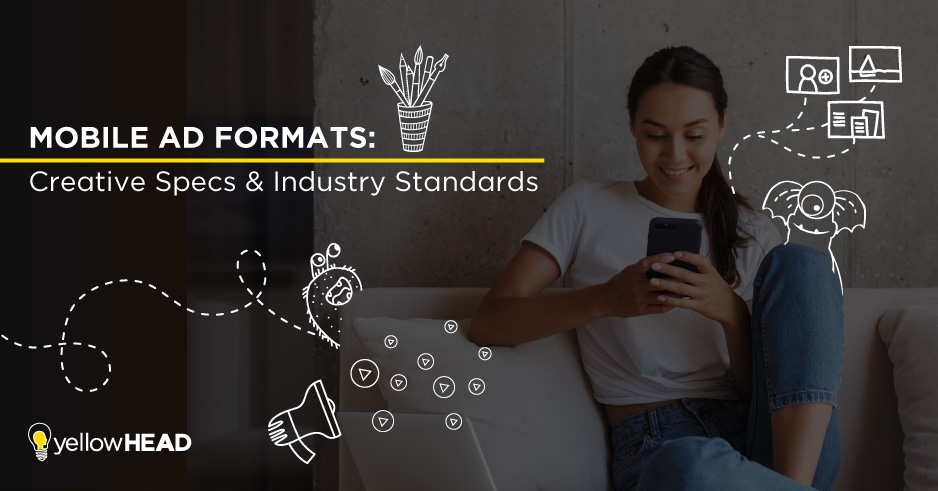
In a world where over three billion people have smartphones, it’s impossible to overstate the importance of mobile ad campaigns for modern businesses and brands. Mobile marketing is constantly evolving, which means advertisers have a wealth of mobile ad formats and creative options at their disposal. Finding the right format, platform, and creative strategy largely depends on your goals, but before embarking on any mobile campaign, it’s good to be prepared.
At yellowHEAD, we’ve turned choosing the right mobile ad format into a science. Using a combination of machine learning and creative marketing expertise, our strategists have built countless successful mobile ad campaigns that make the most of every format’s creative potential. Want to know more? Get in touch!
In this post, we’ll review the most common mobile ad formats and standards in order to help you decide which approach is right for you. Ready to dive in? Let’s get started.
What Are Mobile Ad Formats?
Simply put, the term “mobile ad formats” refers to the different kinds of advertisements you’re likely to see when browsing social media or the web on your smartphone. There are variations and custom options, but many are standardized for the sake of industry efficiency. Knowing and understanding these standards helps mobile ad professionals get the most out of their efforts while cutting down on production cycles.
Because mobile devices are used worldwide by people of different ages, interests, and cultures, there’s no one-size-fits-all mobile ad format or size. Instead, these ads must be designed so that the user — no matter who or where they are — gets the best possible experience.
The Interactive Advertising Bureau, better known as IAB, determines many of the sizing standards for the most common mobile ad formats. These standards are designed to help brands get the most out of every pixel of their ads and are widely used by media companies, creative firms, and marketing companies.
Most Common Mobile Ad Formats
Ad technology companies are constantly innovating, but some of the most popular mobile ad formats include:
- Mobile Display Ads
- Mobile Banner Ads
- Mobile Video Ads
- Mobile Native Ads
- Mobile Playable Ads
- Mobile Rich Media Ads
- Mobile 360 Video Ads
- Mobile Interactive Image Ads
What Are Mobile Banner Ads?
Banner ads have been around the longest and remain one of the most popular options for mobile advertisers. Typically appearing across the top or bottom of the screen, banner ads are static images often used to raise brand awareness or drive users to an external website. They’re also typically the most inexpensive advertising option, which makes them ideal for testing creative strategies.
While banner ads are a simple but versatile option for advertisers, they generally have a lower clickthrough rate than video ads. This makes sense, as video ads have more ways to hook viewers, but banner ads are much easier (and cheaper) to deploy in large volumes. Well-known brands with recognizable logos often benefit from banner ads for this reason.
Mobile Banner Ad Sizes
According to IAB, the standard sizes for smartphone banner ads are:
- 300×50
- 320×50
What Are Mobile Video Ads?
Mobile video ads are a major force in the advertising industry, with digital video on mobile devices accounting for 63% of digital advertising revenue as of 2018. These ads are typically 10-15 seconds in length and are known for generating high click-through rates. These ads can appear in feeds, before other videos, or even as rewarded ads in mobile games and apps. Because video lengths, sizes, and resolutions vary, the IAB has a host of in-depth guidelines for this advertising format.
Video ads are more expensive than static ads, but they’re also usually far more engaging. The creative options are nearly endless, and marketers can use colors, animation, sound effects, and more to grab the user’s attention. These ads can also help with retargeting campaigns, as advertisers can target viewers based on how much of the original video ad they watched.
Mobile Video Ad Sizes
- 16:9 Aspect Ratio
- Low resolution: 640×360
- Medium resolution: 854×480 (ATSC), 1024×576 (PAL regions)
- High resolution: 1280×720, 1920×1080
- 9:16 Aspect Ratio
- Low resolution: 360×640
- Medium resolution: 480×854 (ATSC), 576×1024 (PAL regions)
- High resolution: 720×1280, 1080×1920
- 4:3 Aspect Ratio
- Low resolution: 640×480
- Medium resolution: 640×480 (ATSC), 768×576 (PAL)
Facebook & Instagram Ad Sizes
Some advertising channels like Facebook or Instagram require unique sizes for advertising their platform:
- Static Ads
- Facebook & Instagram Feed: 1:1 Square
- Facebook, Instagram & Messenger Stories: 9:16
- Video Ads
- Facebook & Instagram Feed: 4:5
- Facebook, Instagram & Messenger Stories: 9:16
When considering ad sizes and formats, always take the platform into consideration. Most advertising channels make their own best practices available.
What Are Mobile Native Ads?
If you’ve ever scrolled through a favorite app and seen a branded post that looked exactly like the content surrounding it, that’s a native ad. These ads are designed to take the form and function of their platform; that could mean a tweet, Reddit post, or Instagram image. Native ads blend into their surroundings, and typically use similar language and creative assets. Often the only giveaway to its true nature is a small “sponsored” tag.
Native ads are known for providing a good user experience and high CTR. Unlike some other ads, they don’t interrupt the user experience, and they’re designed to make sense within the context of their given platform.
Mobile Native Ad Sizes
Because native ads vary by platform, the IAB has provided a range of aspect ratios and measurements from which advertisers can choose.
| Asset Type | Aspect Ratio | Minimum Height | Minimum Width |
| Icon | 1:1 | 50 | 50 |
| Main (Small) | 1:1 | 200 | 200 |
| Main (Small) | 4:3 | 200 | 267 |
| Main (Small) | 1.91:1 | 200 | 382 |
| Main (Large) | 1:1 | 627 | 627 |
| Main (Large) | 4:3 | 627 | 836 |
| Main (Large) | 1.91:1 | 627 | 1198 |
What Are Mobile Static Interstitial Ads?
Mobile interstitial ads take up the entire mobile display, covering the interface of their host apps. While that gives interstitials a lot of digital real estate, advertisers should be wary of placing ads in ways that interrupt the user experience. When it comes to mobile interstitial ads, timing is everything. Interstitial ads are most effective when used in a place where a break makes sense, like between levels in mobile games.
Mobile Static Interstitial Ad Sizes
The IAB-recommended sizes for mobile interstitial ads are:
- 640×1136
- 750×1334
- 1080×1920
What Are Mobile Rich Media Ads?
Mobile rich media ads can incorporate video, animation, interactive elements, GPS functionality, and other mobile-specific features for a final product that’s engaging and dynamic. Rich media ads allow for variety and customization. With so many variations, deployment for rich media ads varies. These ads might appear as banners, interstitials, playable units in mobile apps, quirky interactive videos — the options are vast.
Mobile Rich Media Ad Sizes
Here are the IAB guidelines for some of the most common rich media ad forms:
- Rich Interstitial: 300×250
- Rich banner, expandable: 300×50
- Rich wide banner, expandable: 320×50
Motion video guidelines for rich media ads are fairly standard across types:
- 24fps minimum
- 15-second max length for animation
- 30-second max length for live video
However, marketers aren’t limited to these options for rich media ads. For some brands, it might be advantageous to deploy custom mobile ad formats.
Custom Mobile Ad Formats
Unlike the standard ad formats described above, custom ads have more freedom. Their actual content varies by platform, with software development kits and social media networks working with advertisers to create unique ad units.
For example, Facebook allows advertisers to utilize a playable ad format that’s designed to give users a preview of what the target app experience is like. These playables appear as interactive video ads on Facebook and across the social network’s Facebook Audience Network and are designed to drive app downloads from high-quality, high-intent users.
For even more options, SDK networks can host customized units with even greater interactive functionality. From 360-degree videos to augmented reality to rewarded ads, custom mobile ad formats allow marketers to create truly advertising units that are anything but standard. Of course, custom ads aren’t nearly as cost-effective or scalable, so they may not be right for every campaign.
Which Mobile Ad Format is Right for You?
Now that you’re up to speed on mobile ad formats, the question remains: which ones should you use? The answer depends entirely on your marketing goals. Are you hoping to raise brand awareness? Who is your target audience? What platforms make sense for that audience? Do you want to increase installs or revenue? Tell a creative story? Scale up quickly? Do you have the bandwidth to invest in custom ads on specialized networks, or would you rather use the programmatic advertising ecosystem and use algorithms and data to make targeting decisions?
That’s a lot of questions, and it’s okay if you don’t have the answers right now. Just keep them in mind as you plan your mobile marketing strategy, and don’t be afraid to test out different formats and platforms to find what works best for you.
Another important thing to remember is that you don’t have to figure this all out on your own. Working with an experienced advertising agency will help steer your campaigns in the right direction, allowing you to make data-driven decisions, test different creative strategies and ad formats, and reach your desired audience. Machine-learning platforms like yellowHEAD’s proprietary Alison engine eliminate the guesswork in traditional A/B testing practices and stretch your ad budget further.
There’s no easy solution or guaranteed step-by-step strategy for mobile marketing success, but with the right information — and a great mobile partner — you can cut through the noise and focus on getting your desired results. If you’re looking for a mobile advertising partner that uses cutting-edge machine learning technology with a human touch, the experts at yellowHEAD are standing by. Contact us!
Want to learn more about other online ad formats? Check out our guide Online Ad Formats: The Ultimate Guide to Creative Optimization





